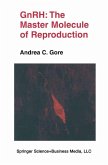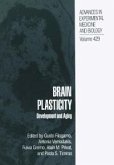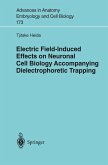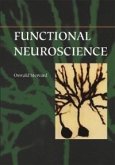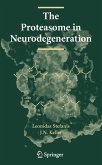This book offers a synoptic view of comparative anatomical, ultrastructural, cell and molecular biological investigations of the pineal organ. It considers morphological, immunocytochemical and functional features of pineal photoreceptors and neuroendocrine pinealocytes as well as the afferent and efferent innervation of the pineal organ. Special emphasis is placed on receptor mechanisms, second messenger systems (Ca2+ and cyclic AMP), transcription factors (e.g. cyclic AMP response element binding protein, CREB, and inducible cyclic AMP early repressor, ICER) and their roles for regulation of melatonin biosynthesis. Finally, the action, targets and receptors of melatonin are dealt with. The data presented stress the functional significance of the pineal organ and its hormoe melatonin as important components of the photoneuroendocrine system which allows man and animals to measure and keep the time. They also prove the pineal organ as a very suitable model to study signal transduction mechanisms in both photoreceptors and neuroendocrine cells by means of a variety of modern techniques.
Dieser Download kann aus rechtlichen Gründen nur mit Rechnungsadresse in A, B, BG, CY, CZ, D, DK, EW, E, FIN, F, GR, HR, H, IRL, I, LT, L, LR, M, NL, PL, P, R, S, SLO, SK ausgeliefert werden.




